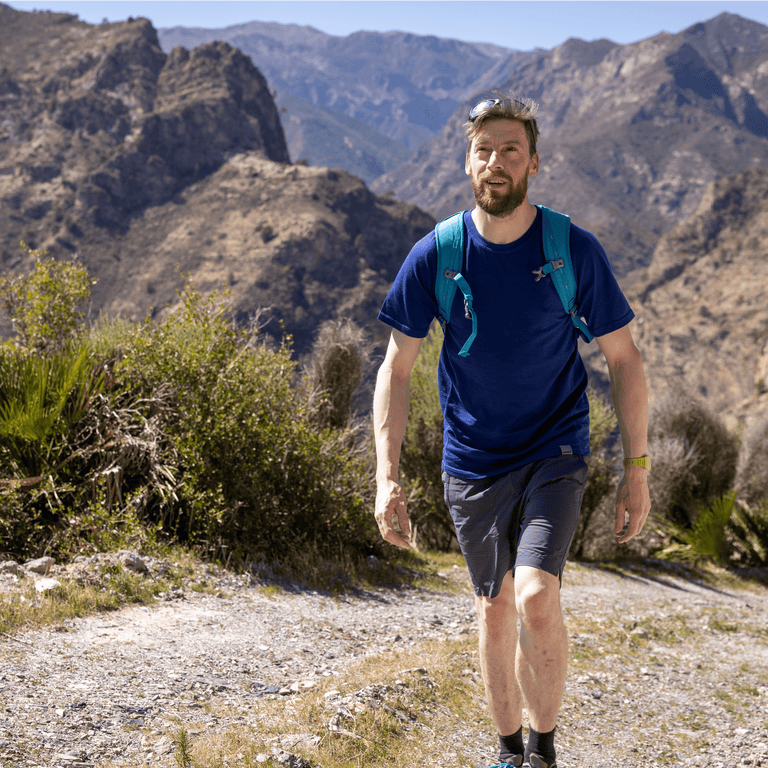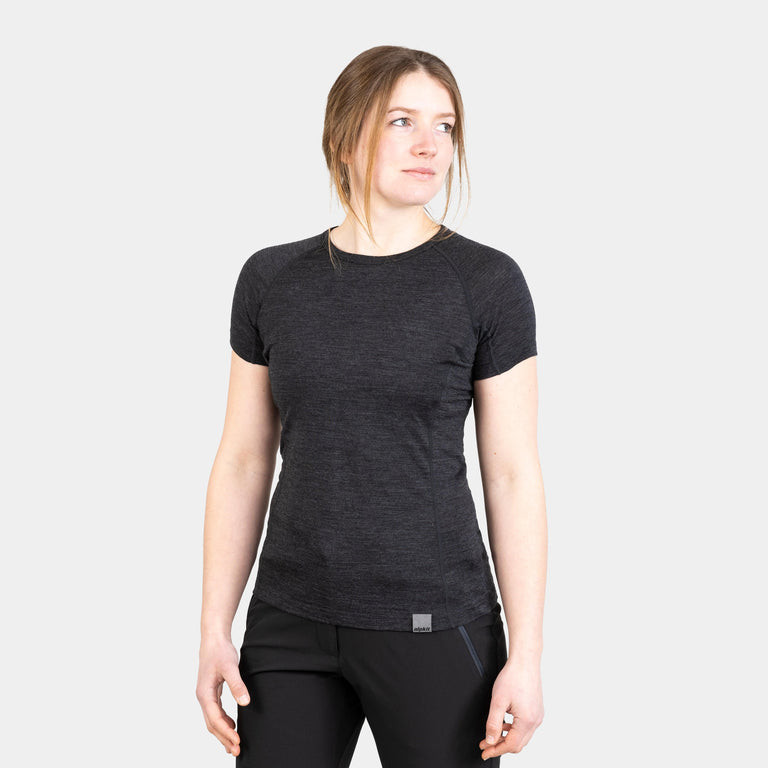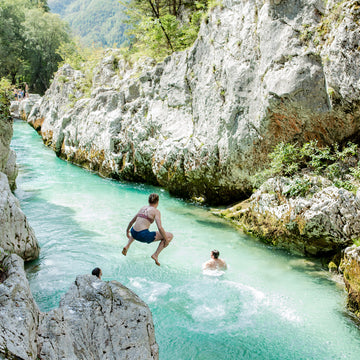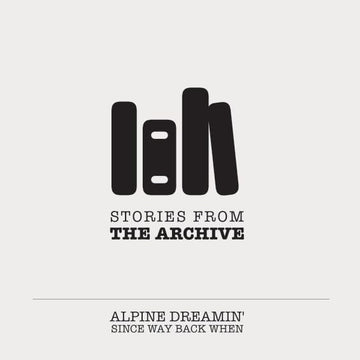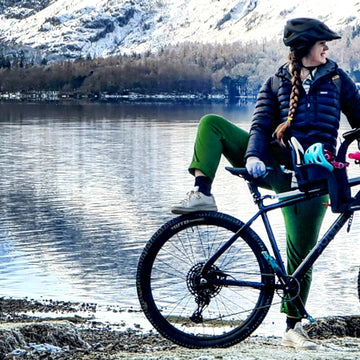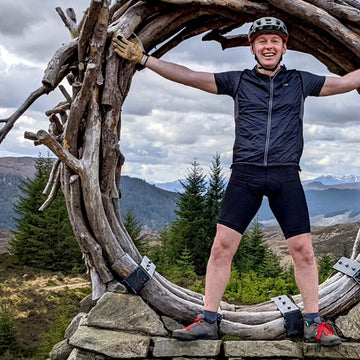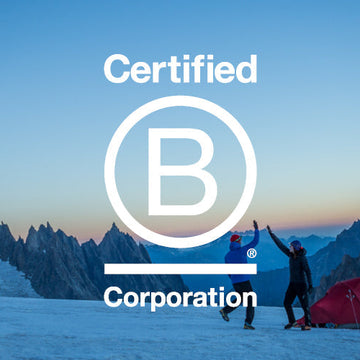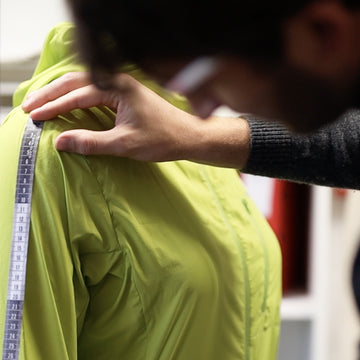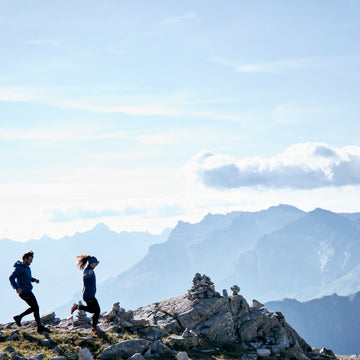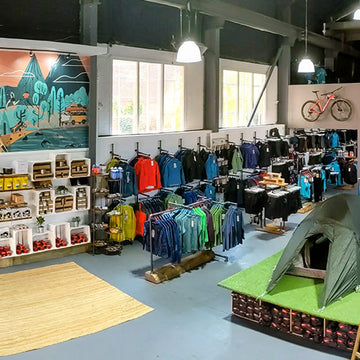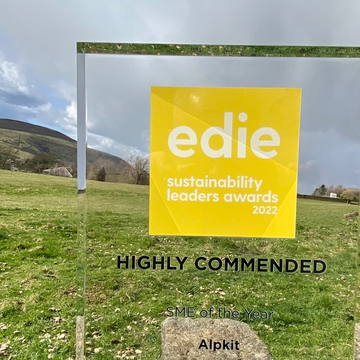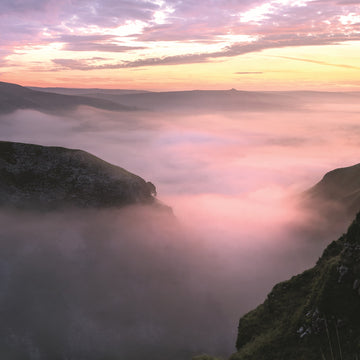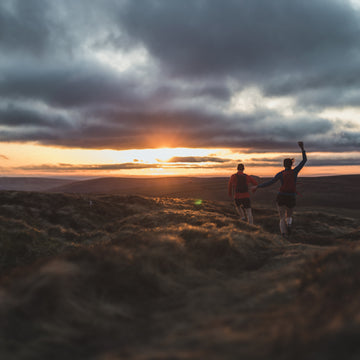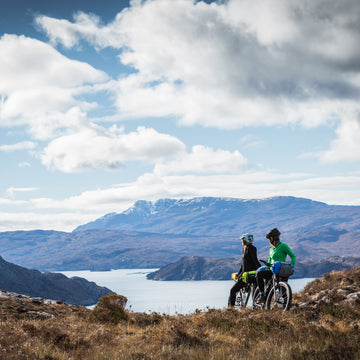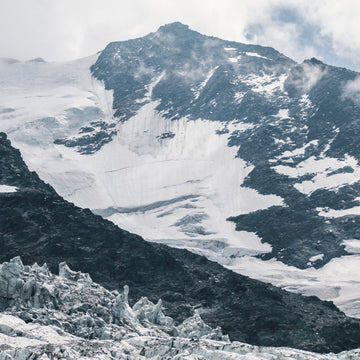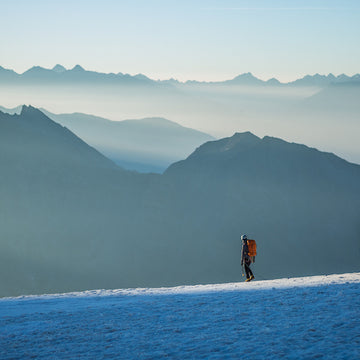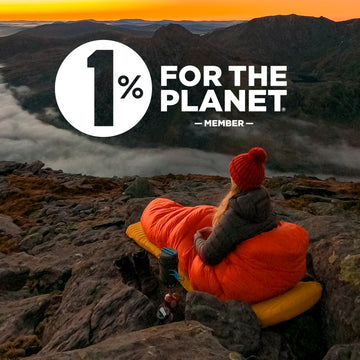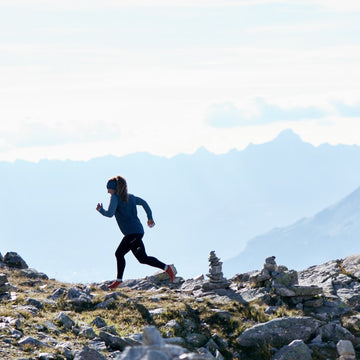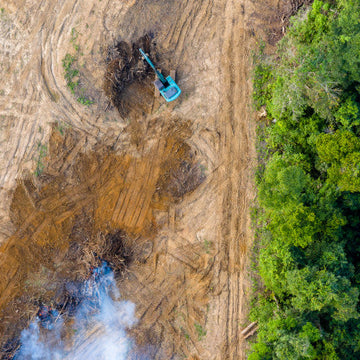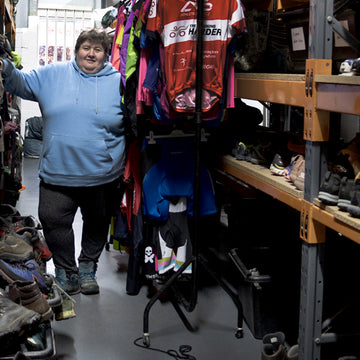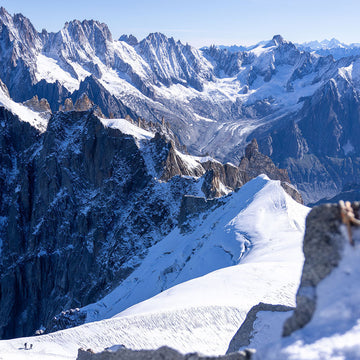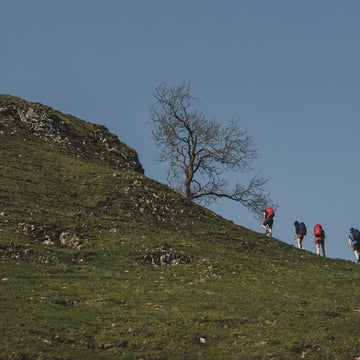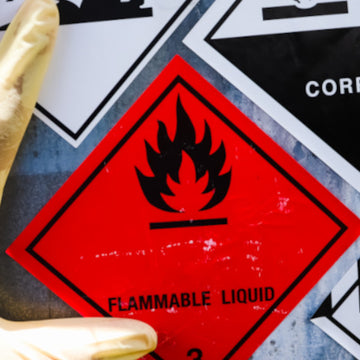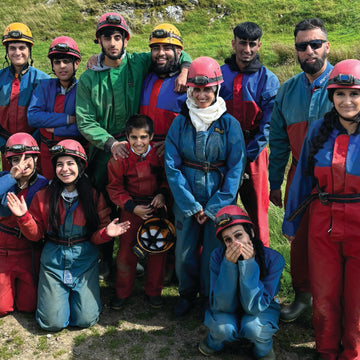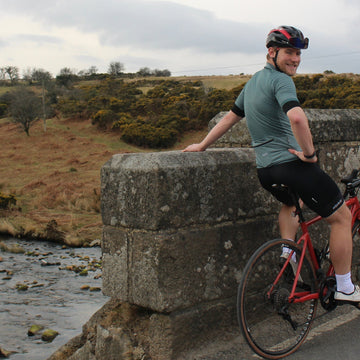
We’re taking active measures to reduce our (pre-pandemic) carbon emissions by 2025. Our target has been approved by the Science Base Targets Initiative, as part of a goal to limit global temperature rise to 1.5°C by 2030.
We’re taking active measures to reduce our carbon emissions by 46%, as part of a commitment to limit global temperature rise to 1.5°C.
To meet this goal, we’re targeting an emissions reduction on an item-by-item basis. That means looking at the impact of: our head office and stores, raw materials, production, transport, care and end of life. That’s every area of the Alpkit business, everyone we work with, and what happens to our products when they get to you!
We’re also aiming to hit our target by 2025 – 5 years ahead of the SBTi deadline. Amongst other measures, we are:
- Choosing lower impact materials
- Using renewable energy throughout our supply chain (Alpkit’s own transport fleet is moving to fully electric)
- Producing products that are purposeful and long-lasting
- Designing products to be repairable and, ultimately, recyclable
When travel is permitted, we also plan to catch up on our programme of personal environmental reviews at the mills and factories we work with, including a deeper lifecycle analysis of each product.
Our 46% reduction target has been approved by the Science Based Targets Initiative (SBTi), a collaboration between various world-leading environmental organisations: the CDP (formerly the Carbon Disclosure Project), the United Nations Global Compact, World Resources Institute and WWF (World Wide Fund for Nature). The SBTi helps companies set emissions reduction targets in line with current climate science research, following the lead of the Paris Agreement.
Alpkit CEO David Hanney says: “I’m delighted that the SBTI has approved our carbon emissions target and confirmed that it aligns with limiting global warming to a 1.5°C scenario. We are fully committed to playing our part in tackling the climate crisis.
“Over the last 18 months we have all spent a great deal of time in our local green spaces and discovered the incredibly diverse beauty that this island has to offer. However, we are at risk of taking this beauty for granted. It’s time to give back and tread more lightly on our environment. We must actively reduce and reuse. We must pick up the litter, mend the wall, repair the path, plant the trees, use renewable energy. We must make a mark and leave the world in a slightly better place.”


![Kraft [Mens]](http://alpkit.com/cdn/shop/files/KRAFT_MENS_1.jpg?v=1762259203&width=768)


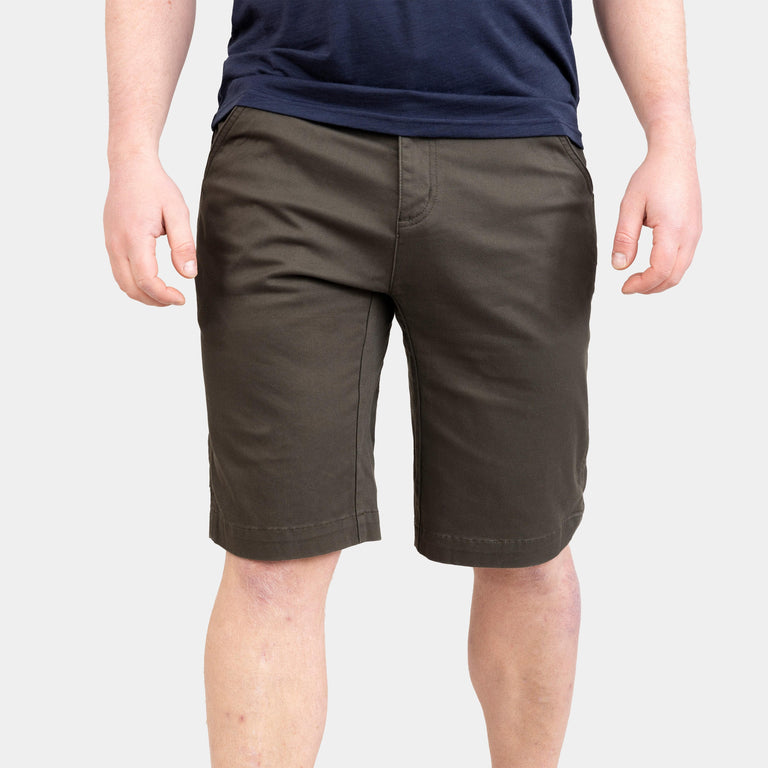
![Werk [Mens]](http://alpkit.com/cdn/shop/files/WERK_MENS_OUTER-SPACE_TENERIFE_005982__4000px.jpg?v=1695900548&width=768)
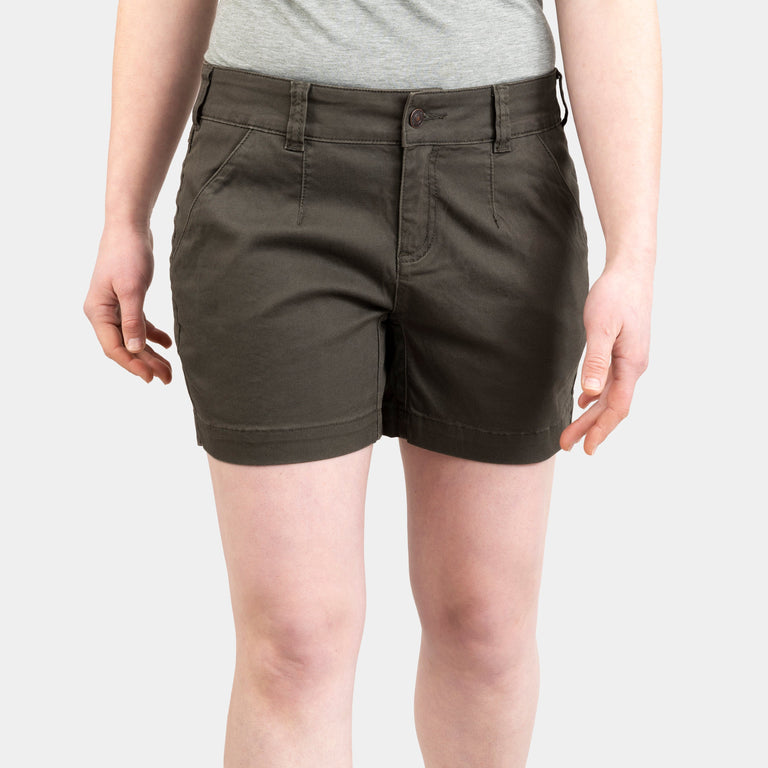
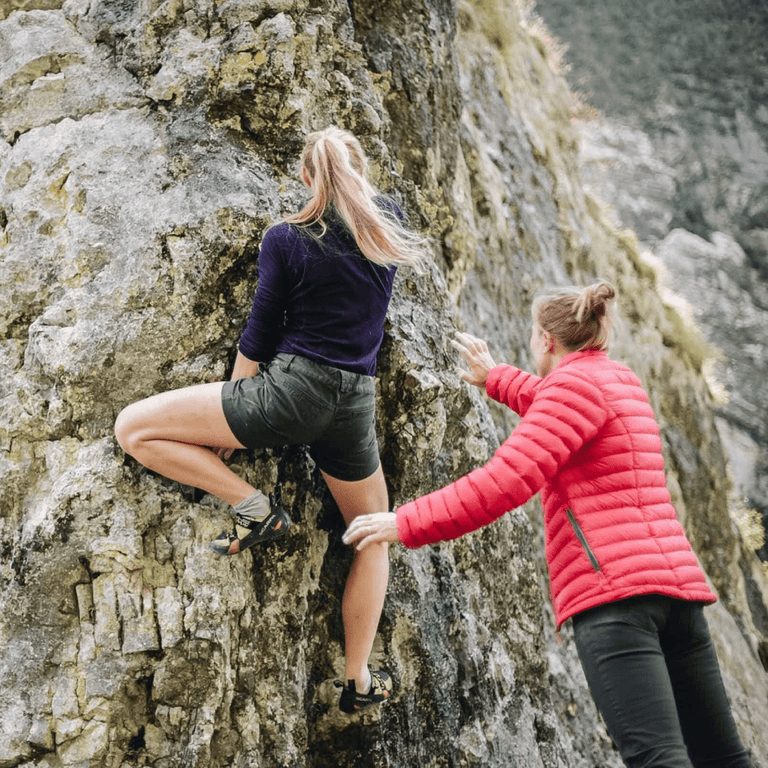
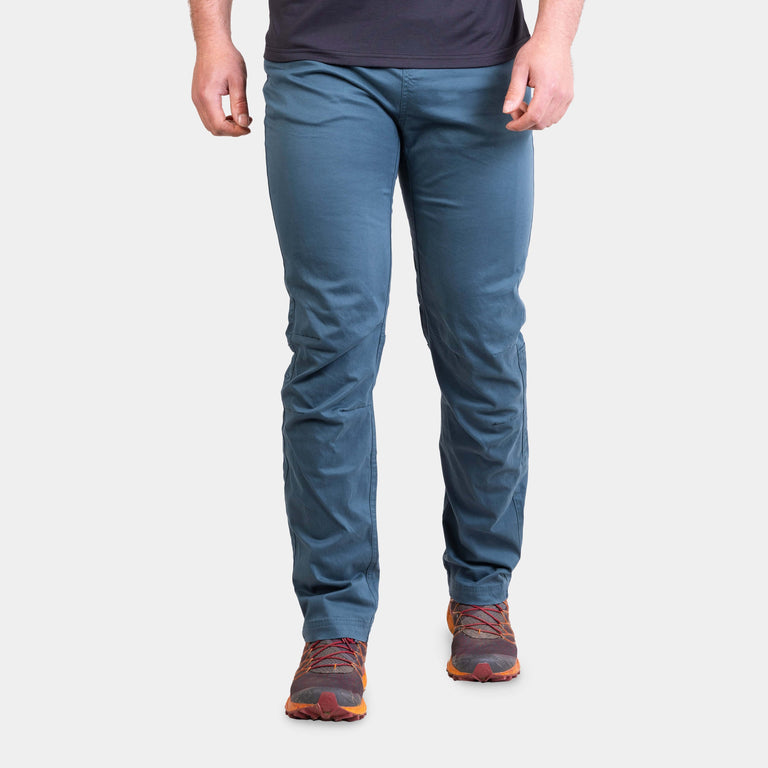
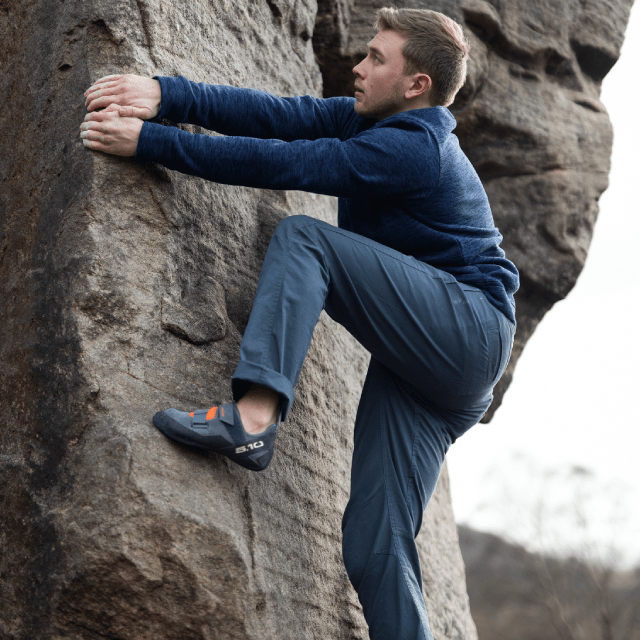

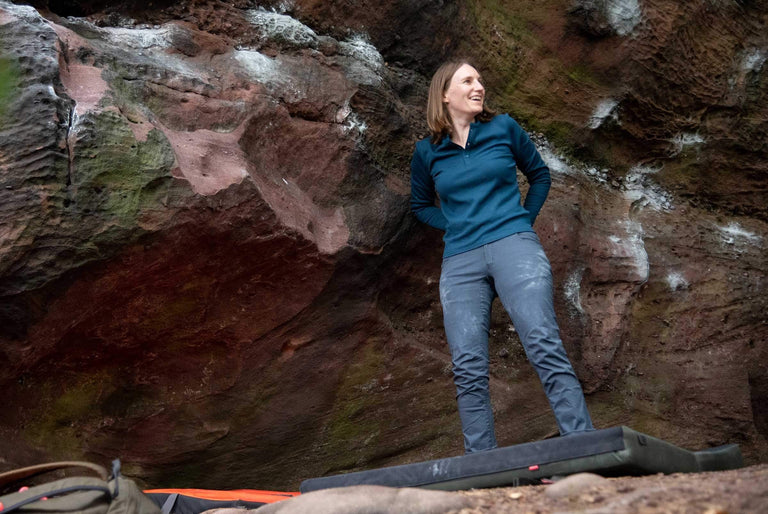
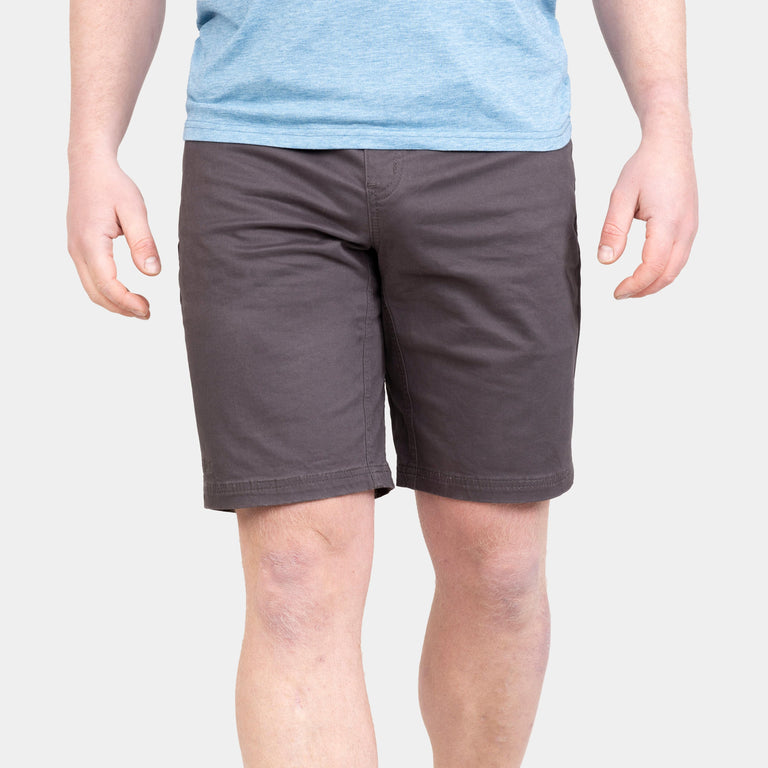
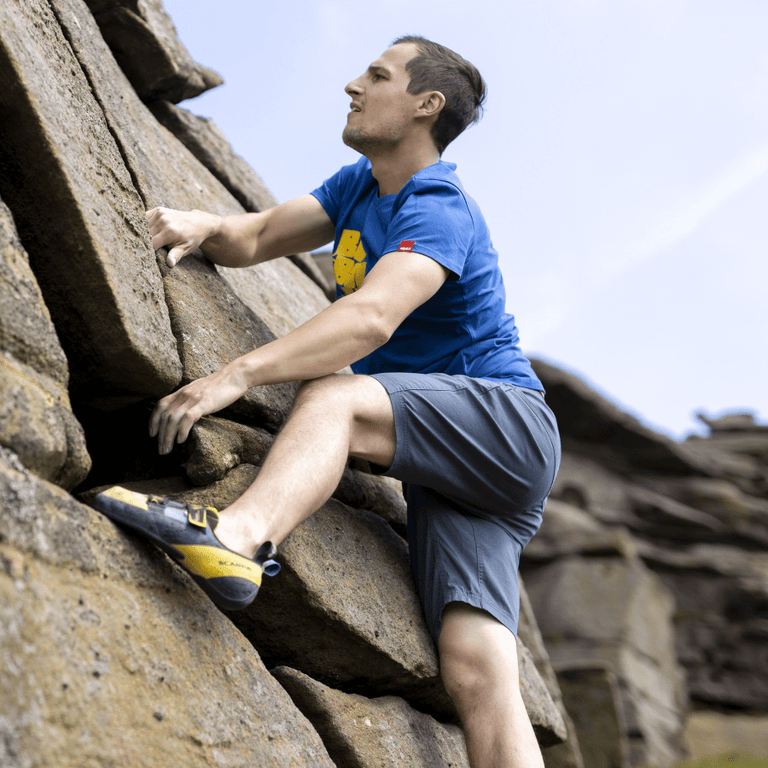
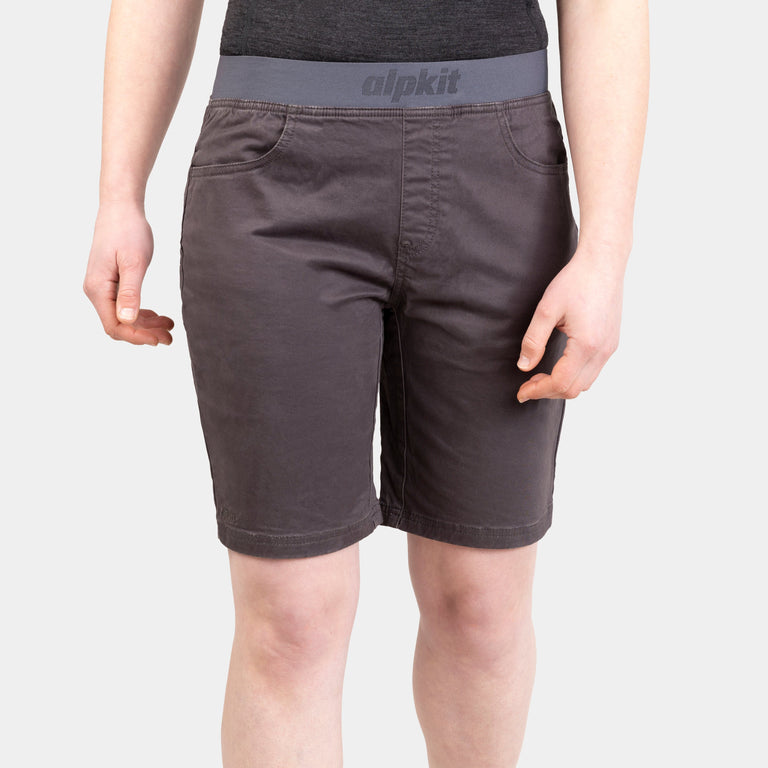
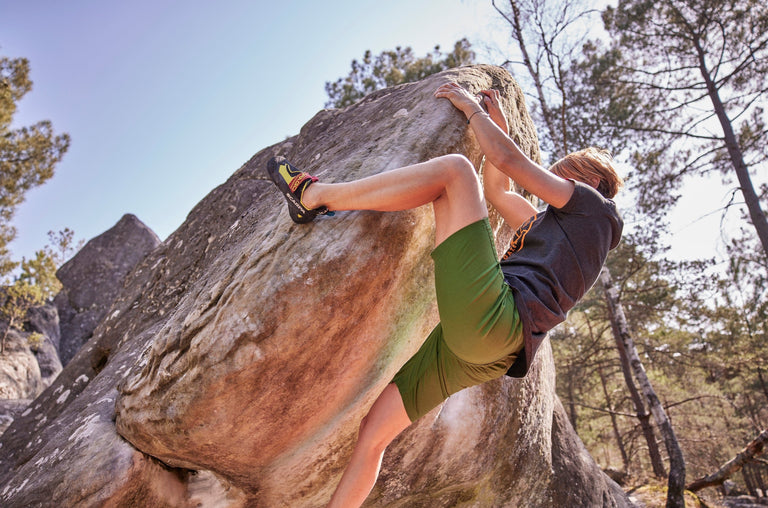
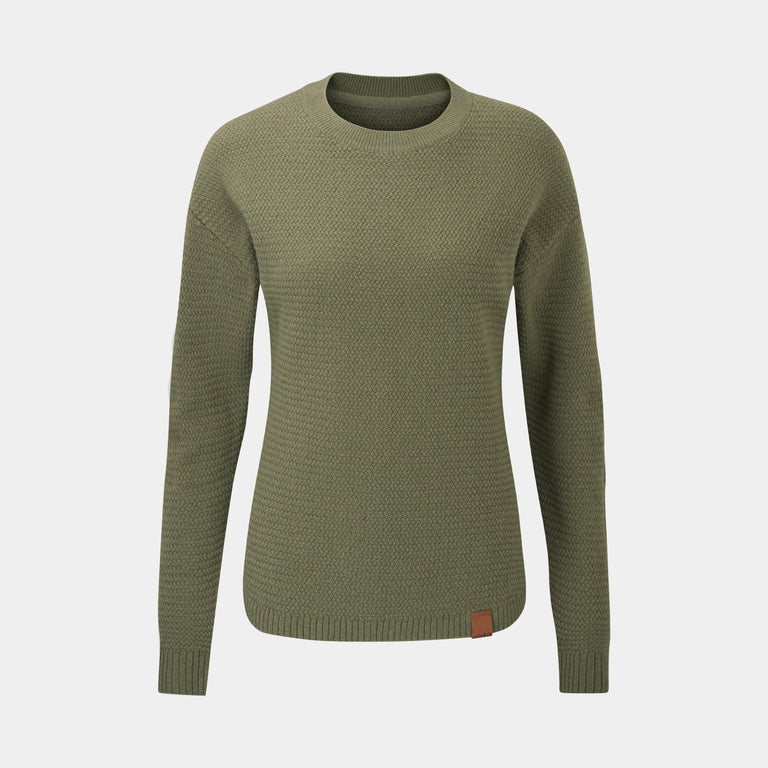


![Kepler Vest [Womens]](http://alpkit.com/cdn/shop/products/kepler-vest-womens_07b896c4-6e7c-40bb-8a9c-a6597aef20eb.jpg?v=1686918371&width=768)

